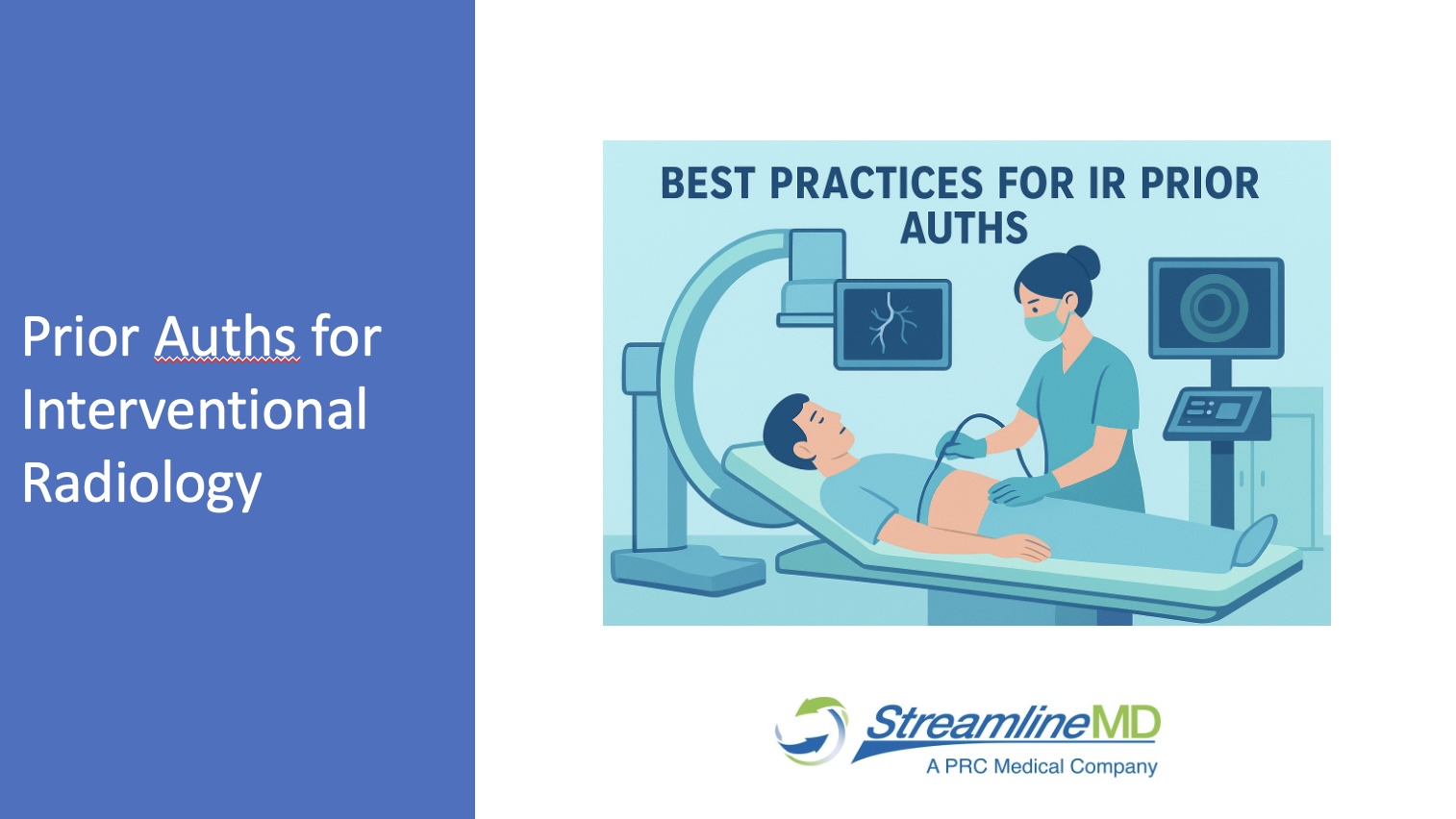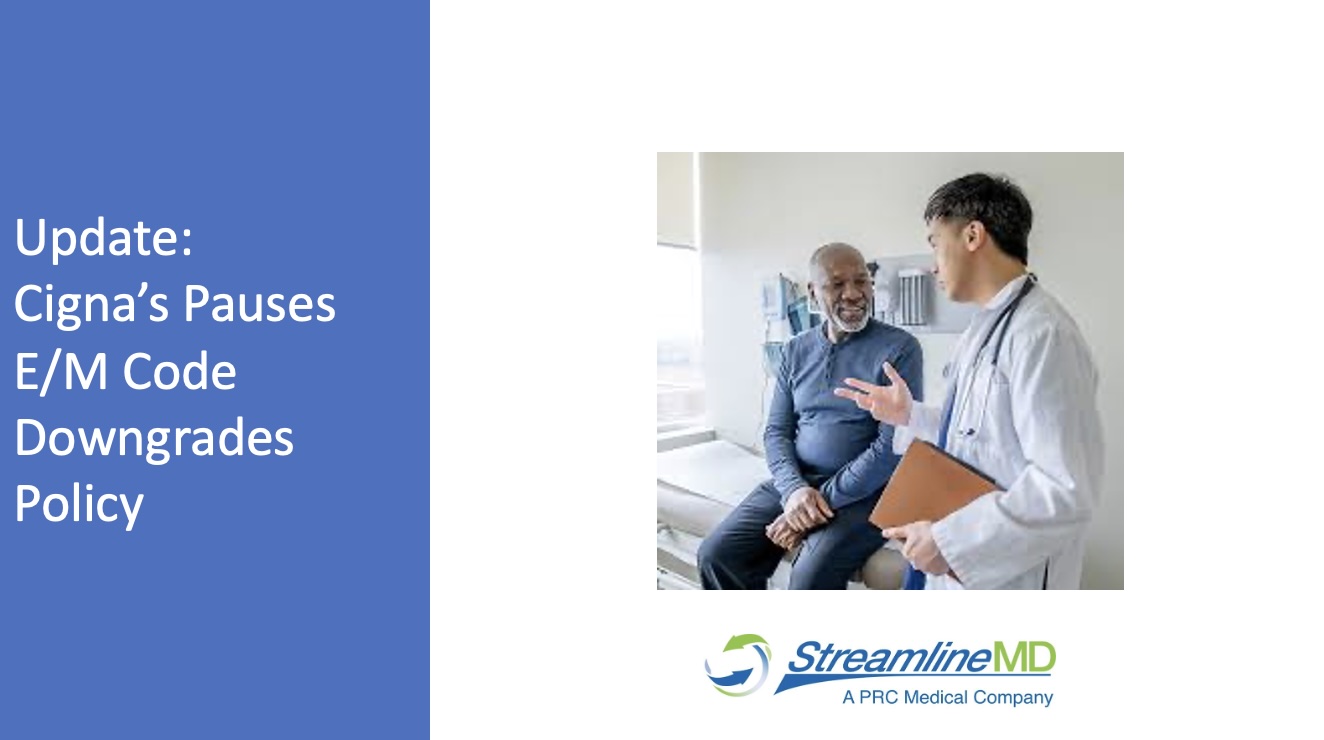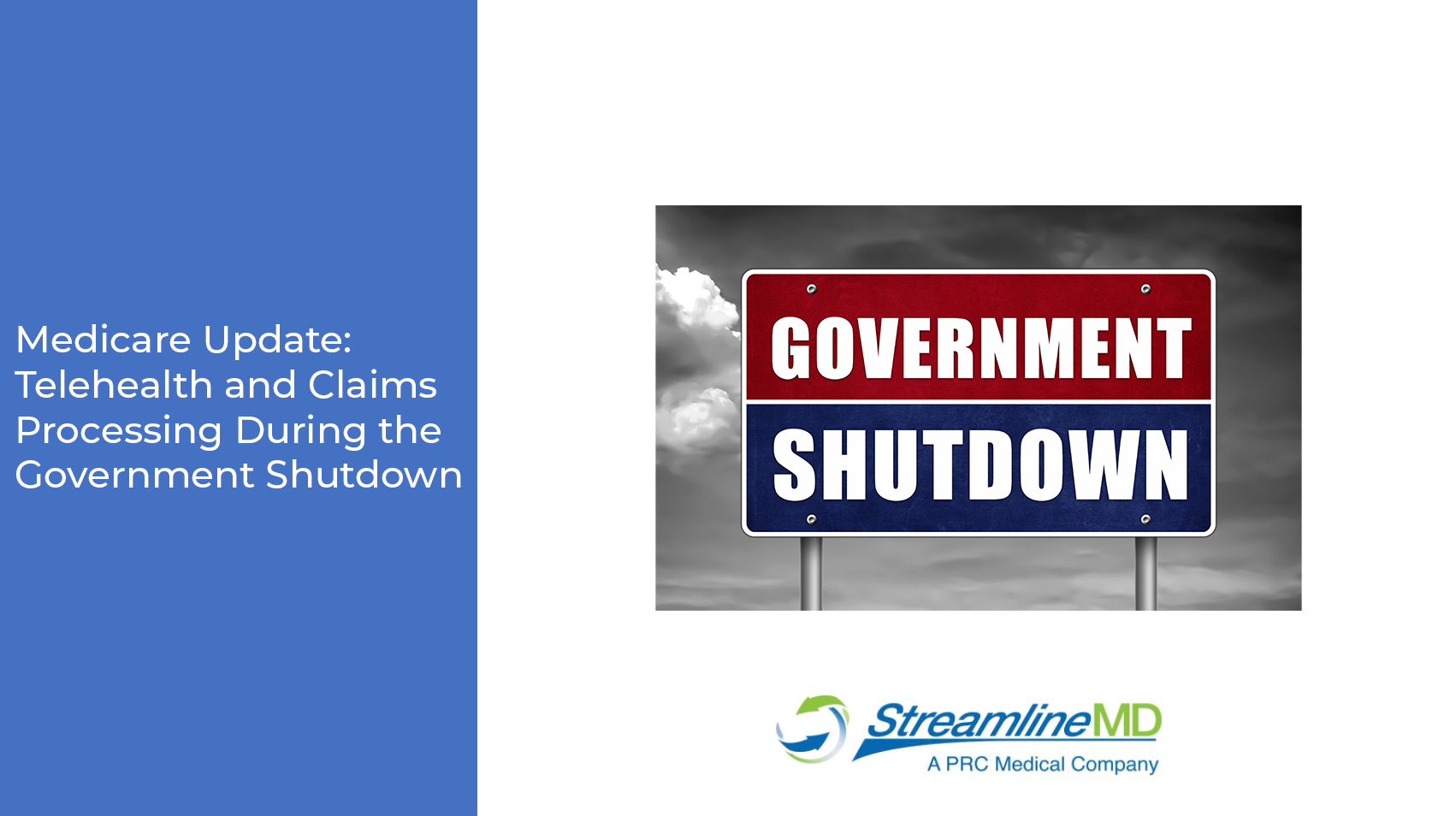Boost Your IR Revenue by Capturing and Billing Office Visit E&Ms
Cuts for Radiology and Interventional Radiology (IR) reimbursements are looming. CMS’s intention is to cut reimbursements for specialists in order to boost reimbursement for patient Evaluation & Management (E&M) services. Accordingly, if you have not been billing for E&Ms you may want to reconsider.
Historical Challenges: Prior 2021, levels of E&M services were determined by history, physical exam, and medical decision making. The more detail provided, the higher the level. For IR’s, conducting and obtaining all required elements for the physical exam component was arduous and often considered needless. Moreover, documenting and billing E&Ms was cumbersome. Because of this, there’s been little motivation to conduct, document and bill for these services.
New Opportunities: But the good news is beginning January 1, 2021, history and the physical exam are no longer used to determine the E&M level. Levels are now determined based on total Time spent or Medical Decision Making (MDM). Since the elements of the physical exam are no longer counted, IR’s now have an opportunity to easily conduct, document and bill for the level of service deserved. Now is the time to reconsider documenting theses services!
Places of Service: There are generally 2 Places of Service (POS) for hospital-based IR’s to conduct, capture and bill patient E&M services:
- Hospital: Evaluate the patient “in the hospital”, document the encounter, bill the claim using place of service (POS) 21 or 22, and get paid at the “facility” rate.
- Office: Evaluate the patient “in a private office”, document the encounter, bill the claim using POS 11, and get paid at the “non-facility” rate, which is higher than the “facility” rate.
Reimbursement Comparison: 2021 National Medicare Professional Fee Schedule
| CPT Code | Short Description | Non-Facility (Office) | Facility (Hospital) |
| New Patient | |||
| 99202 | Straightforward, 15-29 minutes | $73.97 | $49.90 |
| 99203 | Low level, 30-44 minutes | $113.75 | $84.44 |
| 99204 | Moderate level, 45-59 minutes | $169.93 | $137.48 |
| 99205 | High level, 60-74 minutes | $224.36 | $186.68 |
| Established Patient | |||
| 99211 | Minimal | $23.03 | $9.07 |
| 99212 | Straightforward, 10-19 minutes | $56.88 | $36.29 |
| 99213 | Low level, 20-29 minutes | $92.47 | $68.04 |
| 99214 | Moderate level, 30-39 minutes | $131.20 | $100.49 |
| 99215 | High level, 40-54 minutes | $183.19 | $147.95 |
| Prolonged Service (assign in addition to 99205 or 99215 | |||
| 99417 | Prolonged service each additional 15 minutes | TBD by payer | TBD by payer |
| G2212 (Medicare) | Prolonged service each additional 15 minutes | $33.50 | $32.45 |
Set Up an “IR Clinic” for Maximum Reimbursement and Flexibility
An IR office is often referred to as an IR Clinic, and can be maximized for reimbursement by following these recommendations:
1. The office must have a specific address and must be either leased or owned by the radiology/IR group. This address needs to be enrolled with the practice’s payers.
2. The radiology/IR group will need its own Electronic Health Record (EHR) to document the Office Visit. This EHR can be the same as the hospital’s EHR, as long as the radiology group is actually paying for its own licenses and use. However, since most hospital EHR’s are very general in nature, the group may benefit by working with an EHR that is specifically tuned for the IR Clinic environment.*
3. The Office Visit notes need to be transferred to the radiology/IR group’s billing system so that E&M codes can be properly assigned and billed.
Increased Flexibility: IR physicians can also elect to perform Interventional Vein / Phlebology procedures in the private office, thus transforming the IR Clinic into a Vein Clinic. Moreover, the most modern and entrepreneurial IR’s will add a C-Arm to the office and begin performing more complex Venous and Arterial procedures. Adding such cases to the office will transform it into an Office-Based Lab (OBL). Vein Clinics and OBLs provide environments where the radiology/IR group stands to gain a material revenue increase by collecting the “global” non-facility fee for these services, rather than just the “professional” fee when these cases are performed in the hospital.
*FYI: StreamlineMD offers a certified, cloud-based EHR specifically designed to capture office-visits and procedures in office-based IR, Vein, and Endovascular centers. To learn more, please see: StreamlineMD EHR for IR
Potential Revenue Impact of E&Ms
Radiology and IR practices should measure their E&M revenue as a percentage of total IR revenue, and track this. It’s common for Radiology/IR practices to have ratio’s of less than 5%, and even less than 1%. However, StreamlineMD has a hospital-based client who has made a concerted effort to conduct, capture and bill their IR Office Visits. Today, their annual revenue from E&Ms is 35-40% of total IR revenue. This will increase further when the planned cuts to IR procedure fees and increases to E&M fees takes place in the near future. Start measuring and tracking this ratio, and grow your overall practice revenue today.
To learn more about StreamlineMD’s software and services for Radiology & IR practices, please click here.
If you have any questions on this or other documentation/coding topics, please contact your StreamlineMD client rep or the StreamlineMD coding team at wblock@streamlinemd.com.



